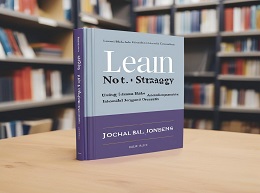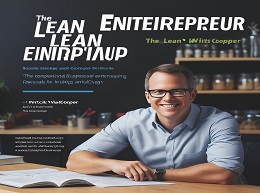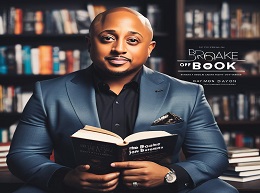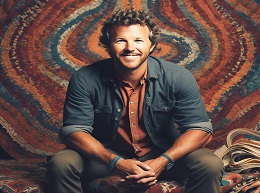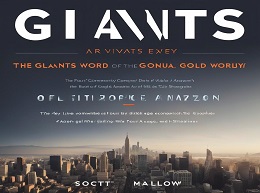The 4-Hour Workweek
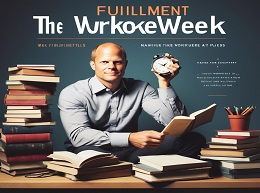
"The 4-Hour Workweek" by Tim Ferriss is more than just a book—it's a manifesto for lifestyle design and unconventional living. Ferriss's revolutionary approach challenges traditional notions of work, productivity, and success, offering readers a blueprint for escaping the 9-5 grind and creating a life of freedom and fulfillment. In this comprehensive review, we'll explore the key concepts of "The 4-Hour Workweek," examine real-life examples of its application, and uncover how readers can leverage its principles to redesign their lives and achieve their dreams.
Redefining Work and Productivity:
At the heart of "The 4-Hour Workweek" is a radical redefinition of work and productivity. Ferriss argues that the conventional approach to work—trading time for money in a traditional job—is fundamentally flawed. Instead, he advocates for a shift towards maximizing productivity and efficiency, focusing on high-impact activities that generate the greatest results in the least amount of time.
Example:
Consider the story of Elon Musk, the visionary entrepreneur behind Tesla, SpaceX, and other groundbreaking ventures. Musk's approach to work exemplifies the principles outlined in "The 4-Hour Workweek." Despite running multiple companies simultaneously, Musk delegates tasks effectively, prioritizes his time ruthlessly, and focuses on high-leverage activities that drive innovation and growth. By redefining work and productivity, Musk has achieved extraordinary success while maintaining a relatively manageable workload.
Outsourcing and Delegation:
One of the key strategies advocated in "The 4-Hour Workweek" is outsourcing and delegation. Ferriss argues that by delegating low-value tasks to others and focusing only on activities that require their unique skills and expertise, individuals can reclaim their time and focus on what truly matters. Whether it's hiring virtual assistants, freelancers, or automation tools, outsourcing allows individuals to scale their businesses and achieve greater efficiency.
Example:
Take the example of Richard Branson, the founder of the Virgin Group. Branson is known for his ability to delegate effectively and empower his teams to take ownership of their work. By entrusting others with responsibilities and allowing them to make decisions autonomously, Branson is able to focus on high-level strategic initiatives and pursue new opportunities. This delegation enables Branson to maintain a hands-off approach to management while still achieving exceptional results.
Embracing the "New Rich" Lifestyle:
Ferriss introduces the concept of the "New Rich" individuals who prioritize time and freedom over material wealth and traditional career paths. Rather than waiting until retirement to pursue their passions and enjoy life, the New Rich design lifestyles that allow them to live fully in the present moment, pursuing their interests, traveling the world, and experiencing new adventures.
Example:
Consider the story of Chris Guillebeau, the author of "The $100 Startup" and a leading advocate of lifestyle design. Guillebeau embodies the principles of the New Rich, having built a successful career as an author, speaker, and entrepreneur while traveling to over 193 countries. By embracing a minimalist lifestyle, prioritizing experiences over possessions, and leveraging technology to work remotely, Guillebeau has created a life of freedom and fulfillment on his own terms.
The Power of Automation:
Automation is a cornerstone of Ferriss's approach to lifestyle design. By leveraging technology and systems to automate repetitive tasks and streamline workflows, individuals can free up their time and focus on activities that align with their goals and passions. Whether it's automating email responses, scheduling social media posts, or implementing passive income streams, automation allows individuals to achieve greater efficiency and scalability in their businesses.
Example:
Take the example of Pat Flynn, the founder of Smart Passive Income. Flynn is a master of automation, having built a highly successful online business that generates passive income streams through affiliate marketing, online courses, and digital products. By creating automated sales funnels, outsourcing content production, and utilizing software tools to streamline operations, Flynn is able to generate income while enjoying the freedom to pursue his interests and spend time with his family.
Designing Your Ideal Lifestyle:
Ultimately, "The 4-Hour Workweek" is about designing your ideal lifestyle creating a life of freedom, flexibility, and fulfillment on your own terms. Ferriss encourages readers to define their goals, prioritize their values, and take deliberate action to create the life they desire. Whether it's traveling the world, pursuing creative passions, or spending more time with loved ones, Ferriss's principles empower readers to break free from the constraints of conventional living and design a life that brings them joy and fulfillment.
Example:
Consider the story of Marie Forleo, the founder of B-School and a renowned life coach and entrepreneur. Forleo embodies the principles of lifestyle design, having built a thriving business that allows her to pursue her passions and make a positive impact in the world. By aligning her work with her values, prioritizing self-care and personal growth, and leveraging technology to work remotely, Forleo has created a life that reflects her deepest desires and aspirations.
In conclusion, "The 4-Hour Workweek" by Tim Ferriss is a groundbreaking manifesto for lifestyle design and personal freedom. By redefining work and productivity, embracing outsourcing and delegation, adopting the New Rich mindset, leveraging automation, and designing their ideal lifestyle, readers can break free from the constraints of traditional living and create a life of abundance and fulfillment. As readers apply the principles of "The 4-Hour Workweek" to their own lives, they can achieve more, work less, and live life on their own terms.



